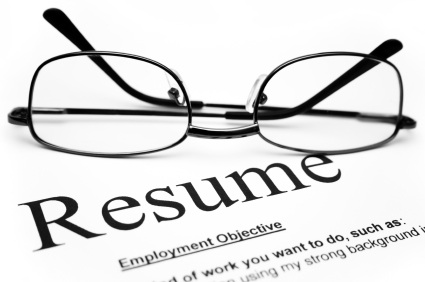Work For Free? It Happens Every Day!
Sounds like a dumb advertisement doesn’t it? Anyone who believes that a sales professional should work for free has a touch of a fever, but the actual situation plays out everyday.
Yet in reality, many sales professionals, and especially Black sales professionals find themselves in that situation, unintended of course.
It happens when you invest time and effort in making presentations to buyers who based on reasons beyond your control, take your presentation’s price, and your constructive ideas, and give them to your competition. When that happens, they are actually saying you should work for free!
How It Happens
This can happen to anyone, any color, and any creed. It is what happens when someone makes a decision to be courted and accepts the benefits of a relationship, yet not get married. The problem arises when the fruit of your labor is used to better the position of the customer, even though they had no intention of making the move to you or your organization.
You come in with a ‘killer’ price, and a product offering that is exceptional. You realize that based on the customer’s needs your organization can use a combination of products that are currently available on the market and couple it with some creative financing to make it palatable. In the whole, your price and product offering is enhanced by your terms (financing, payment deferral, and other benefits) and you feel success is in the making.
As you know the customer can benefit financially and product-wise from the activities of the sales professional without ever making a real commitment to you, and certainly without putting any food on your table. You may have felt this ‘sting’ several times before, and you do not have to be a ‘repeat’ victim.
You do all of the work, and the customer gets the benefit and any reward goes to the sales professional who followed your lead. You have to ‘wait until next time or next year’. Can’t buy much bacon with that! Objectively, this is part of the sales process, and a part of the process that you cannot avoid; yet you can manage.
Take Smart Precautions
To avoid this being your anthem, you have to develop your principles and rules and stick to them. You also must work on gaining commitment before showing your complete arsenal of products and services during the process. That commitment is based on the answers to the questions below.
When presenting, seek to get agreement on what you need to solve, and what level of price and program will “land the business”. Logic would show that you could still be manipulated; yet this starts to get at some of the problem. You will want to cover these bases:
Ask the all-important questions before the solicitation process. These are the requisite questions that will define what it will take to separate them from the incumbent:
- Why are you looking for competitive quotes/bids?
- How will the quote/bid process be conducted?
- What pricing difference must be made? What will it take for you to change?
- How long have you been with the incumbent? Does the incumbent get the last shot?
- Is the playing field level with the others that are quoting (other than the incumbent)?
The purpose of these questions is clarity about the buying process and what definable difference that you must make. Knowing the answers, if the buyer is honest, allows you to do what is necessary to be successful, whether with this customer, or another one.
An important point is that you cannot be hesitant to ask these questions. They are part of what a true sales professional asks, and gets clarification of before the sales process. What you learn about how the process is defined in the eyes of the customer will speak volumes.
I am sure that you sales veterans out there do this already, yet it bears mention for the new sales professionals
Don’t hesitate, ask! Yes, the customer can still violate his/her own rules, but does so at the peril of alienating you and other sales professionals.
How Does this Affect The Black Sales Professional?
This affects all sales professionals, and it is part of the sales ‘game’. It is what happens when customers must get competitive quotations of products and services because they want to check how they stand, or to satisfy a procedure that does the same.
Here is where it gets vexing. Black sales professionals can easily be subject to working ‘without pay’ because of the complexities ofpreference and even prejudice (See Black Sales Journal 5/19 A Deep Dive into Preference, Perceptions, and Prejudice). If a buyer has no intent on doing business with you as sales professional, or your organization, and is planning on taking your work and giving it to the incumbent, they are wasting your precious time and effort. Issues regarding preference manifest themselves that way. The buyer strengthens his or her relationship with their current vendor, while at the same time improving their price and terms, thanks to your efforts. Prolonged activities like this could obviously cost you your job.
In this way, being used is bad for your current employment health. The above questions, if answered truthfully could save you some time, or at least help tip you off as to who the prospects are and who the ‘suspects’ are.
The Reality
You will always run the possibility of wasting time on good accounts that have no intention of moving their business because of their relationship with the incumbent. They just want to use you for leverage to make sure they get a good price or program. You have to make the decision of whether you want to be a willing participant, or should we call it a ‘not-for-profit sales professional’.
You have many choices that include not working with a prospect to contacting every few years to maintain the customer pending a personnel change of buyers. The most important thing is that to increase your effectiveness, you don’t want to waste your time while you better someone else’s program.
You owe it to yourself, and it will make you more effective.
Always be effective!
Your comments are welcome. You can reach me at michael.parker@blacksalesjournal.com.
 December 4, 2014
|
Posted by Admin9!
December 4, 2014
|
Posted by Admin9!

 Categories:
Categories:  Tags:
Tags: 

Your Comments